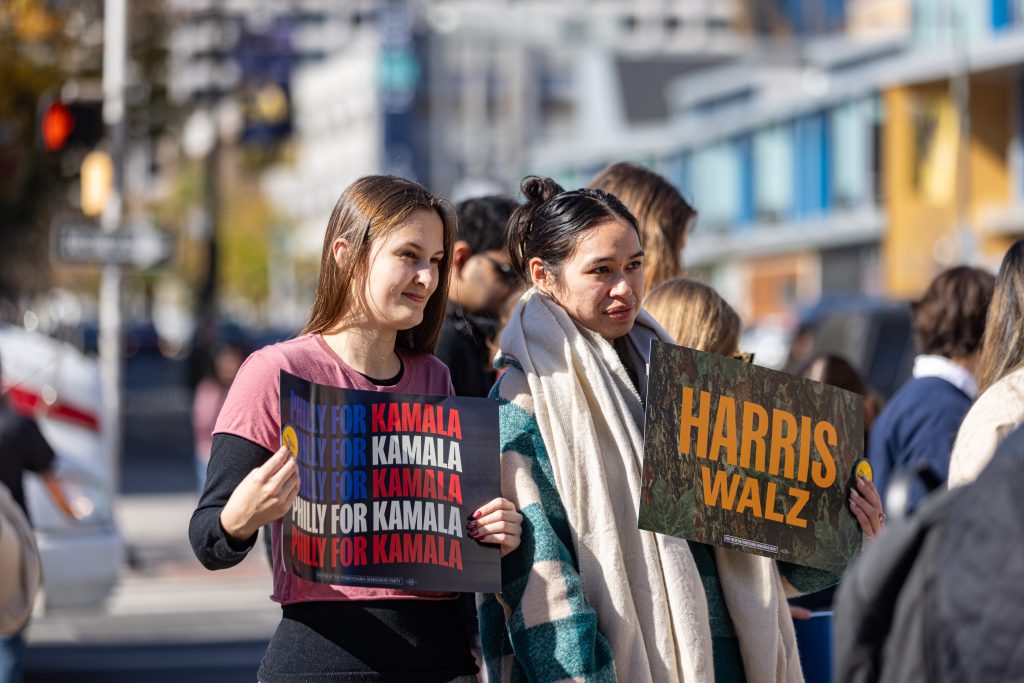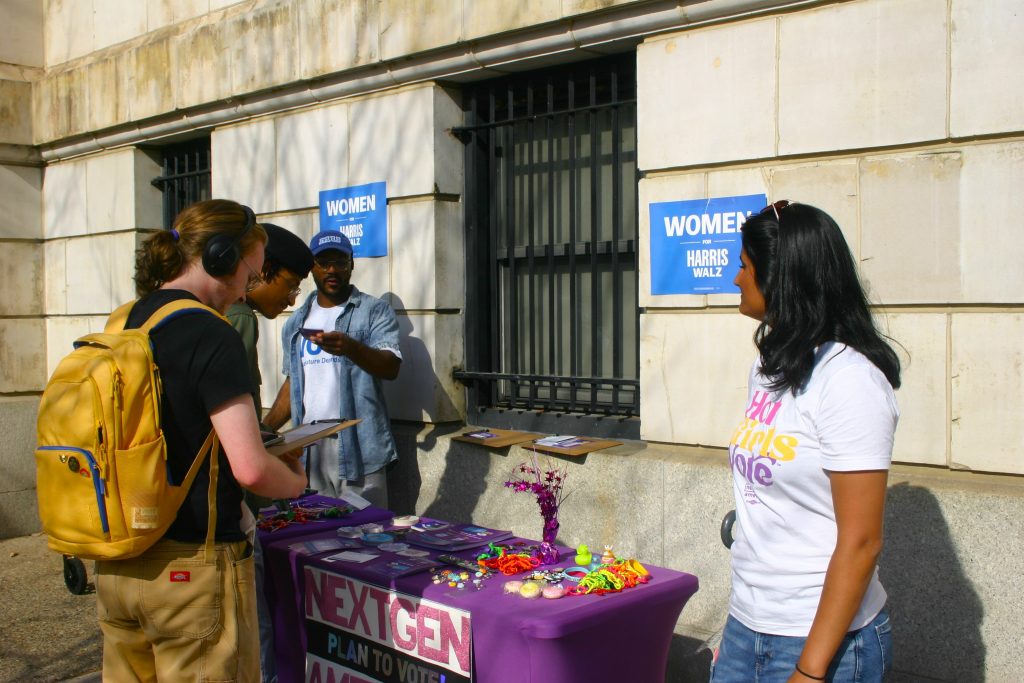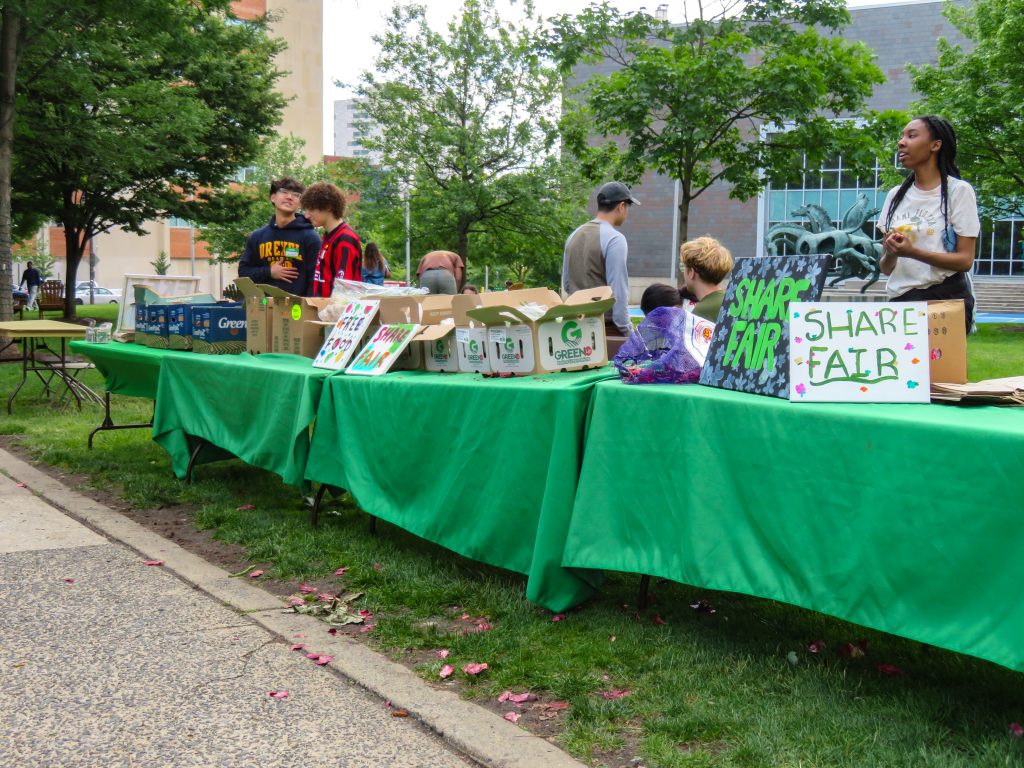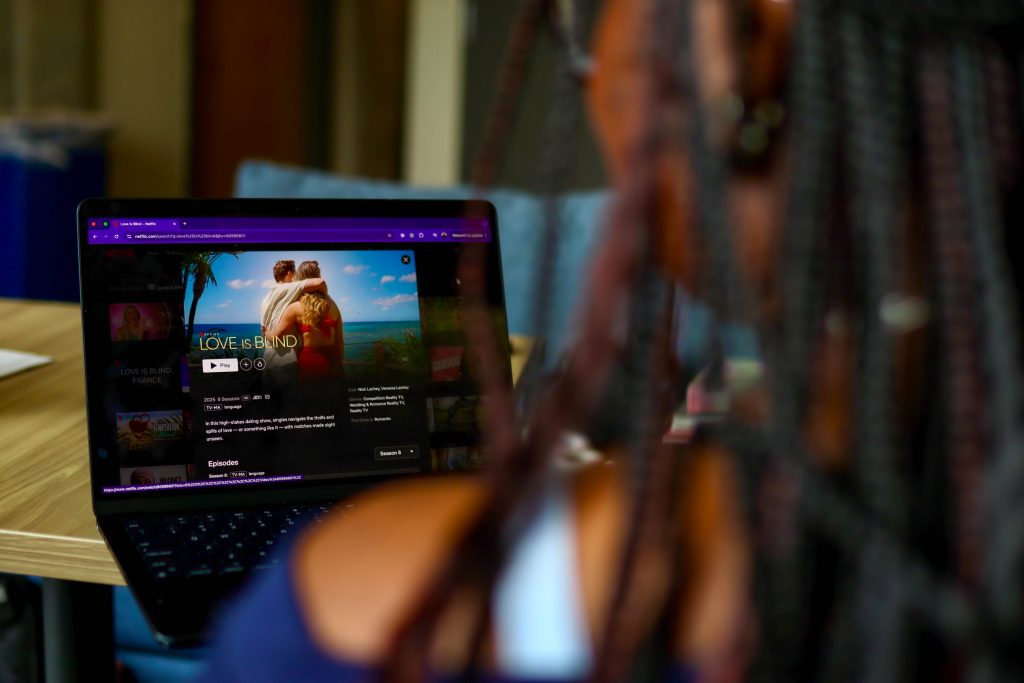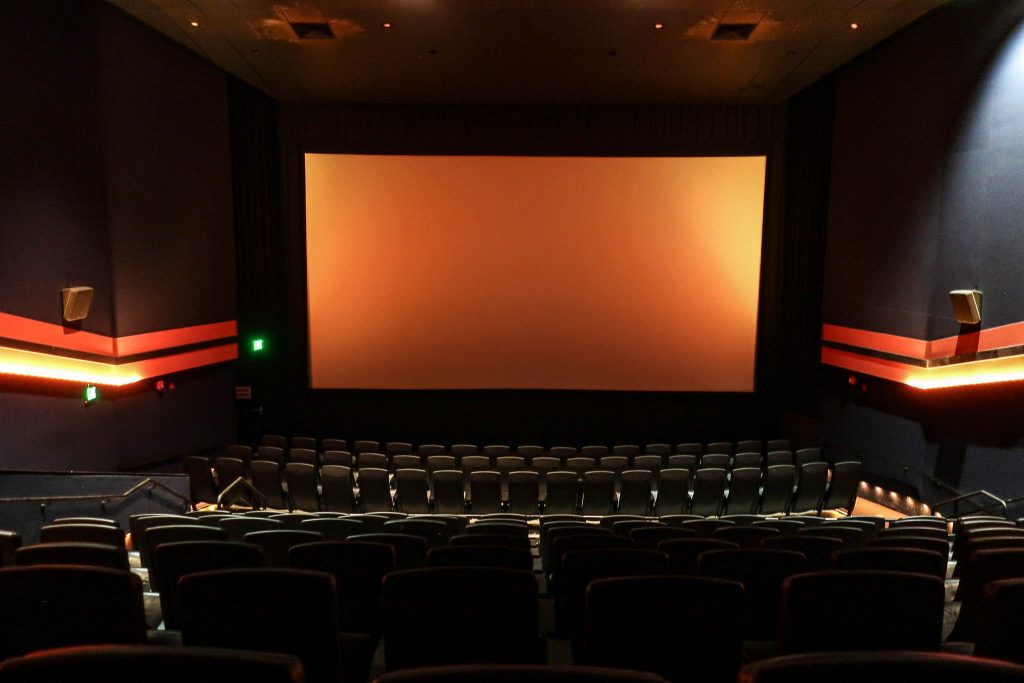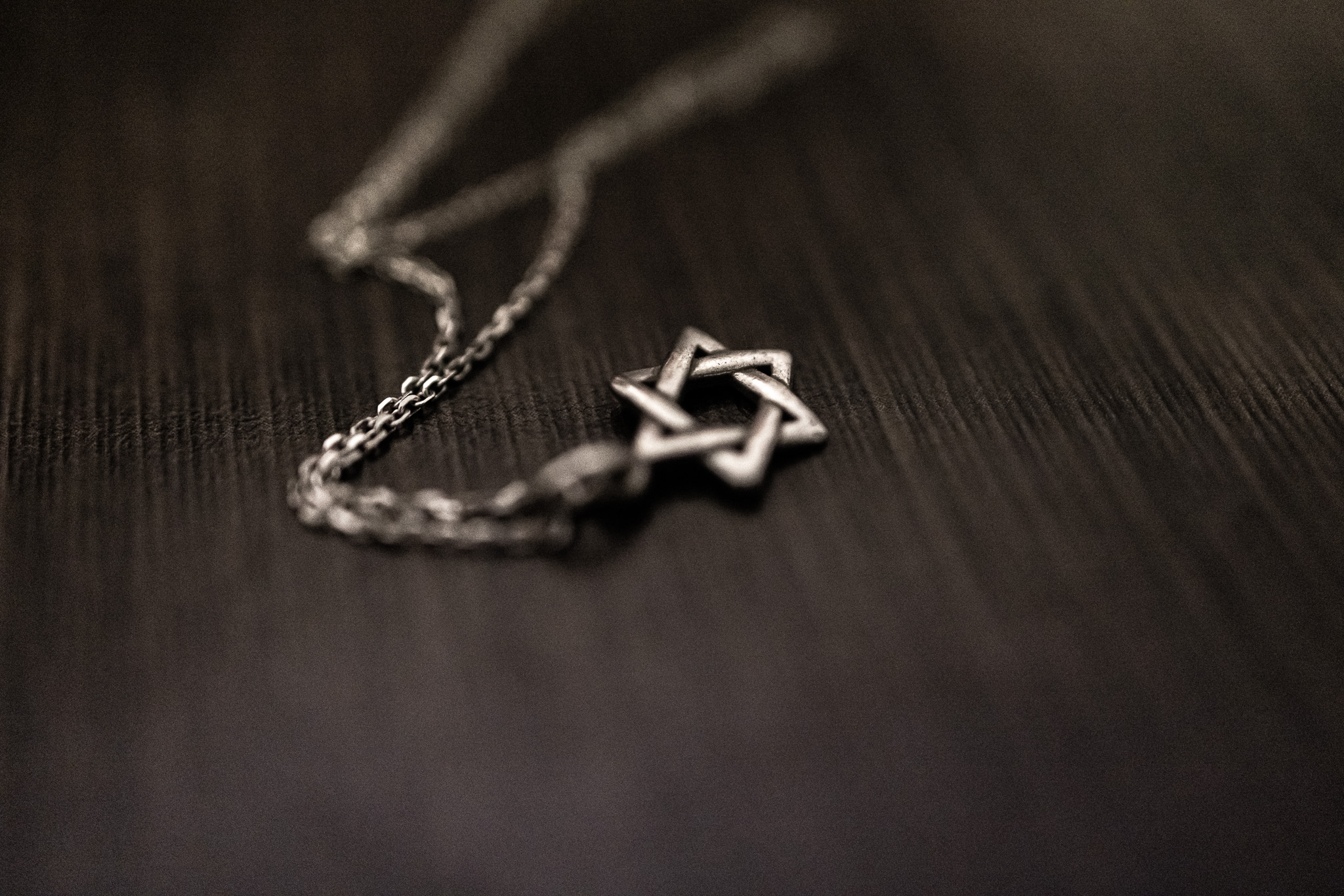
I have a confession to make. I write as if I have everything together – as if I have all the ideologies about love figured out. I write as if I understand love up and down, through and through. But the truth is, when I am personally placed in a situation that involves feelings of romance, I often find myself stuck or confused with what I actually want and need.
I think many of us feel the same.
Many of us are great at talking about love, great at analyzing other relationships and great at giving advice based on the lessons we have learned. But when it comes to taking our own advice, we hesitate. We stumble. We magically forget what we had said. This is what psychologists call Solomon’s Paradox– named after King Solomon, who was known for offering wise, insightful counsel that he struggled to follow in his own life. It is the idea that we reason more wisely about other people’s problems than our own. But when it comes to love, there is nothing wrong with being uncertain; the problem is, we feel like it is. Of course, people grow and unravel the kind of love they want as time goes by, but it is never linear.
A prominent example of how love resists linearity lies in the question, “Am I only attracted to the opposite sex?” The “linear” – or straight – path suggests we grow up knowing exactly who we are and who we will love. For some, that path fits perfectly. They understand their desires early on, and those desires stay steady. But for others, especially those within the LGTBQ+ community, it is more complicated. Some suppress feelings they do not yet understand. Some bury them under the pressure to conform to what is considered “linear” in society. Others do not even realize there was a question to ask until there is a moment where it asks itself quietly. These questions and confusion do not make anyone’s experience less legitimate. The question of attraction is not about invalidating one kind of love over another, but rather acknowledging that discovering what we want, who we are and how we connect is rarely a straight line.
Even the way we express ourselves is fluid. Love languages, whether it is words of affirmation, physical touch, quality time, acts of service or gift giving, are considered to be personality traits. There is a test online that allows you to have insight on which love language you yourself may gravitate towards more. However, these methods of expression may differ from a month-to-month or even a day-to-day basis. What once felt awkward might later become vital. Sometimes we crave reassurance. Other times, we just want someone to do the dishes without being asked. Maybe there is a day when all we need is a meaningful hug. There is no set formula. While one love language might feel more important at times, pinning all our hopes on a single method – especially in a partner – is rarely sustainable. Love is not a fixed equation. It is a conversation that changes as we do.
As cliche as it may sound, love is like a game – not because we are playing against one another, but because no two people play it the same way. There are no rules set in stone, no single path to follow and no perfect strategy. Everyone grows at a different pace. Some people figure out what they want early on, while others uncover it piece by piece, day by day. Our needs shift. Our boundaries evolve. Every day, we learn something new about ourselves and others when it comes to ideas of love. We get closer and closer to understanding what we truly desire, even if that understanding comes slowly. Questioning, shifting, unlearning and relearning is all part of the story. And even when it feels like we are stuck, like we are making no progress at all, we are. A mistake teaches us something. A heartbreak uncovers a limit. Love is not about getting it right the first time. It is about growing through the process and letting the process be enough.

